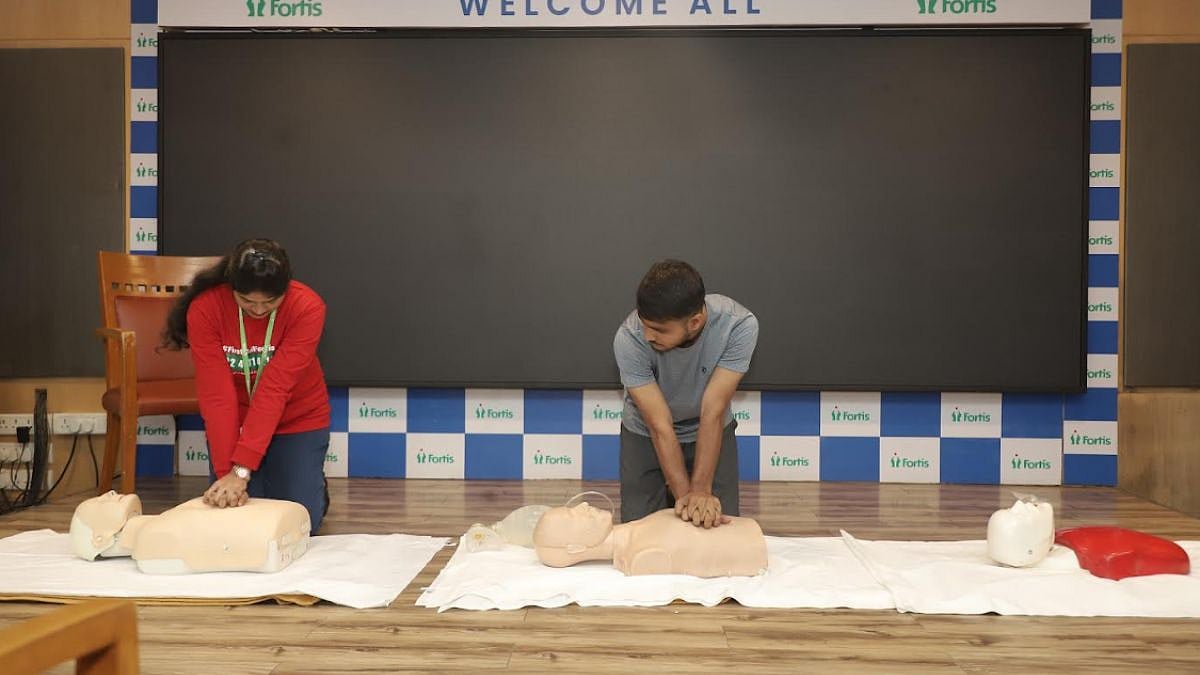Rapid urbanisation in India has stimulated consumer spending in big cities, where a growing middle class is boosting demand for housing and home furnishings. Having altered the landscape of furniture retailing in more than 40 countries, Swedish Retailer IKEA is ready to make inroads into the Rs 92,500 crore Indian furniture and furnishings market, less than 7% of which has been tapped by modern retail.
The world’s largest furniture retailer principally operates through two divisions: Retail and Food Services. They sell merchandize through company-owned stores, catalogue and e-commerce sites across North America, Asia, Australia and Europe.
History: IKEA went from the woods of southern Sweden to being a major global retail brand with 131,000 co-workers. IKEA currently operates 338 stores in 44 countries generating annual sales of more than 24.7 billion EURO around the world. IKEA is an acronym for the initials of the founder, Ingvar Kamprad his farm Elmtaryd and his county Agunnaryd in Smaland, South Sweden. In 1943, at the age of 17, Kamprad began his career by selling fish, magazines and seeds. IKEA logo which is blue and yellow are the colors of the Swedish flag.
Size is the Strength: The world’s largest IKEA store, located at Kungens Kurva outside Sweden’s capital Stockholm, measures a whopping 606,000 square feet. The store at Shenyang (China) occupies 503,000 square feet and the newest one at Tianjin occupies 492,000 square feet. The first IKEA store in Thailand, which opened last November, is as big as 462,000 square feet.
Broad Assortments: At the heart of the IKEA strategy is its diverse product range catering to the varied needs of its customers. It offers over 12,000 simple, functional items common across IKEA stores worldwide. Product offering includes furniture and household products and textile items for children. An extensive product line has helped the company record 690 million visitors to its physical stores. Therefore, comprehensive range under a single roof provides customers with great deal of variety, thus helping it increase footfalls.
Efficient distribution and sourcing network: IKEA supports its suppliers both technically and financially even to the point of designing their factories, buying their machines and setting up their operations. Strong distribution arm and global sourcing, supports its effort to sustain itself as a world leader in furniture retail sector. IKEA operates its own distribution centers, stores and facilities in over 44 countries across
Europe, North America, Asia and Australia. Furthermore, the company sources its merchandise from various countries. 22% of its products are produced in China, this strategy enables the company to reduce costs even further and pass on the benefits to customers in the form of low-prices. Due to its control over the complete value chain and strong supplier base, IKEA has been able to lower the prices of its products.
Management Culture: IKEA lore is explicitly regarded as a tool for maintaining the IKEA culture. IKEA management process also stresses simplicity, creativity, cost consciousness, openness and congeniality. ‘Complicated rules paralyze’ said Ingvar Kamprad.
Opportunity on Indian Market: IKEA has set up office in India back in 2007. In June 2009, however, IKEA announced it was abandoning efforts to invest up to €300 million (more than eight times the cumulative FDI received by India in single-brand retail) for setting up stores, after failing to persuade the Indian government to ease FDI restrictions. IKEA did not anticipate any rapid progress on opening up the retail sector. It took the Indian government another 31 months to clear the path for IKEA to enter India. Meeting the 30% sourcing obligation, however, is still likely to be a big challenge.
Conclusion: The Indian stores are unlikely to be smaller than 350,000 square feet. Not many Indian malls can accommodate such a large box size. In fact, for any mall to accommodate a non-grocery, non-fashion anchor of 350,000 square feet, it needs to have total retail carpet area of at least 900,000 square feet. India currently has only few operating malls of this size and most of the malls would find it difficult to accommodate a furniture store of 350,000+ square feet.
The most visible aspect of IKEA’s strategy has been its highly successful retail operations. This distinctive store with its constant innovations, has changed the face of furniture retailing globally.

(Dr. Srini. R. Srinivasan is heading the PhD Research Center at Vivekanand Management Institute, Mumbai and has rich experience in Teaching, Research and is a Strategy Consultant with some of the reputed names in retail.)





